The iPhone 13 and 13 Pro Camera System: A Keynote Roundup
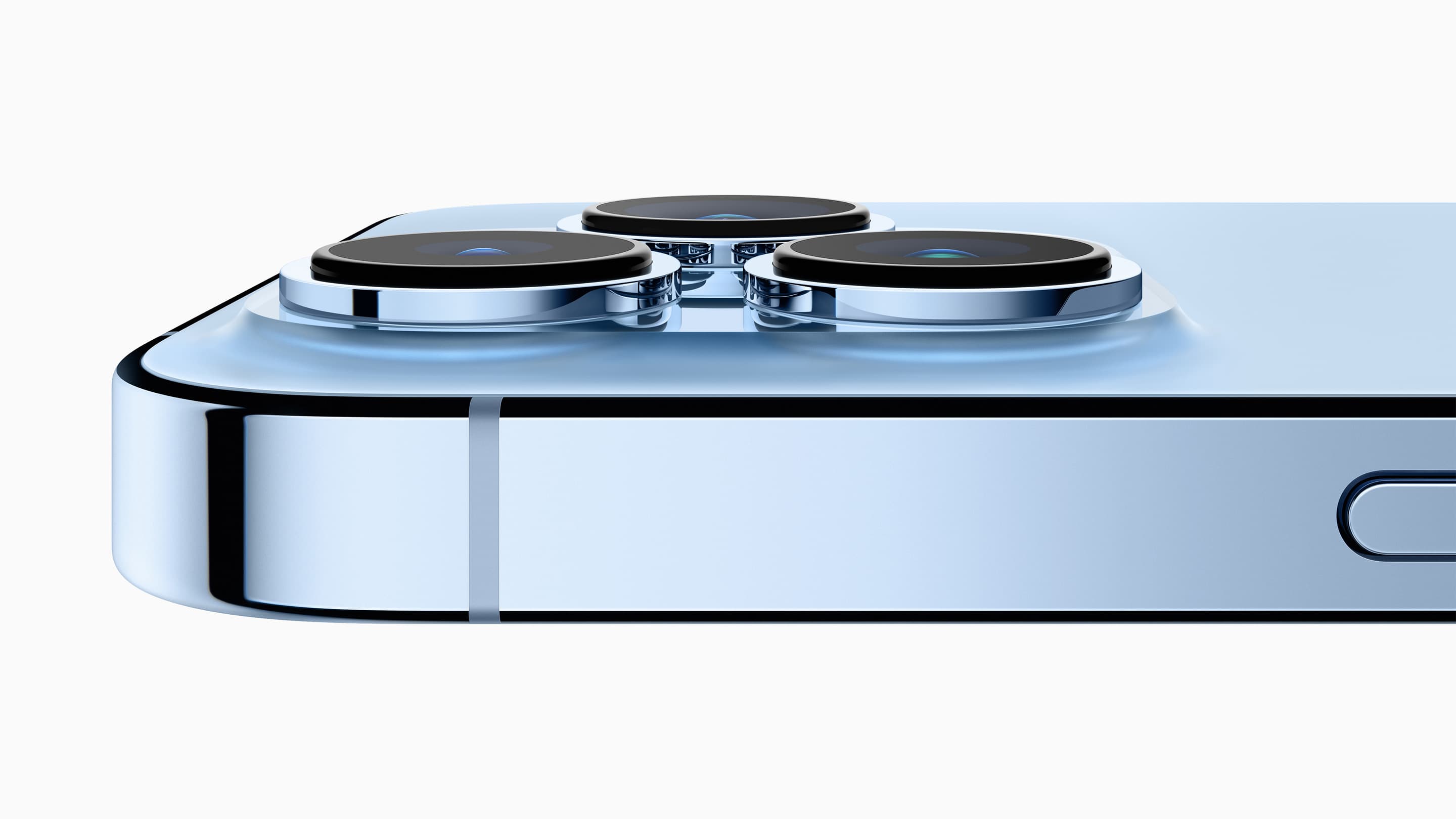
When Greg Joswiak first proclaimed the iPhone 13 Pro’s camera system was to undergo “the biggest advancement yet,” I quickly chimed into my friend group watching the keynote with a “How can they claim that every single year?”
But then Apple began listing all the ways the iPhone 13 Pro’s camera system is the biggest advancement yet. It started with a “92% increase in low light gathering” for the ultra-wide camera, followed by a “2.2x low light gathering” in the wide camera.
My response to the friend group was “Oh, well I guess that’s how.”
Our collective jaws hit the floor. Apple’s iPhone 13 Pro camera system appears to have stolen the show on Tuesday.
Here’s what I’m most excited to try out in the new camera system when I get my hands on it next week.
Low Light Gathering
It appears the majority of Apple’s 2.2x increase in low light gathering in the wide camera comes by way of the increased sensor size. The camera’s aperture increases from f/1.6 to f/1.5 — a nice improvement, but not a 2.2x increase.
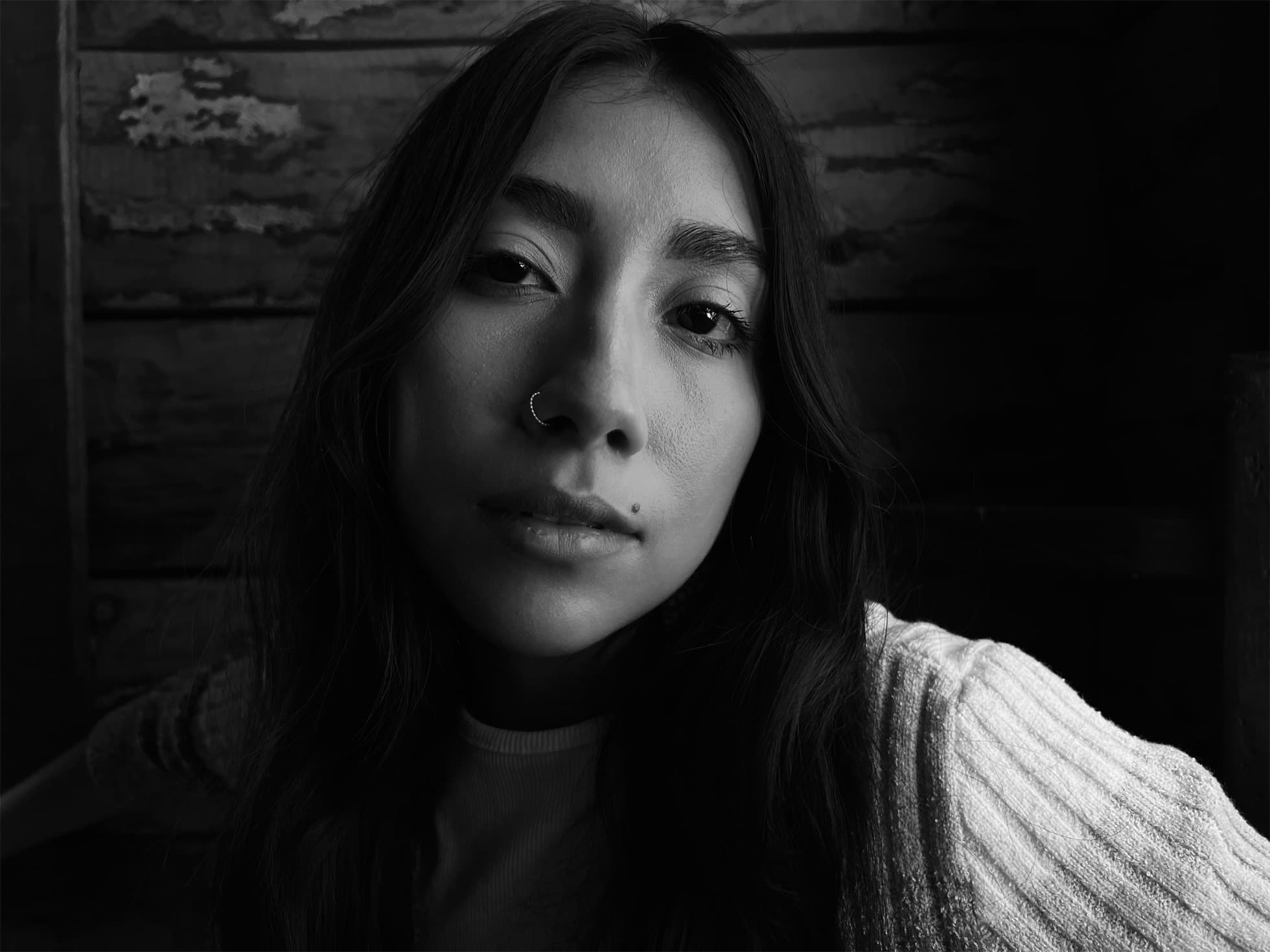
Of equal importance is the fact Apple hasn’t increased the megapixel count of the iPhone 13 Pro’s camera system — the same 12MP specification has been in the iPhone camera system for years now.
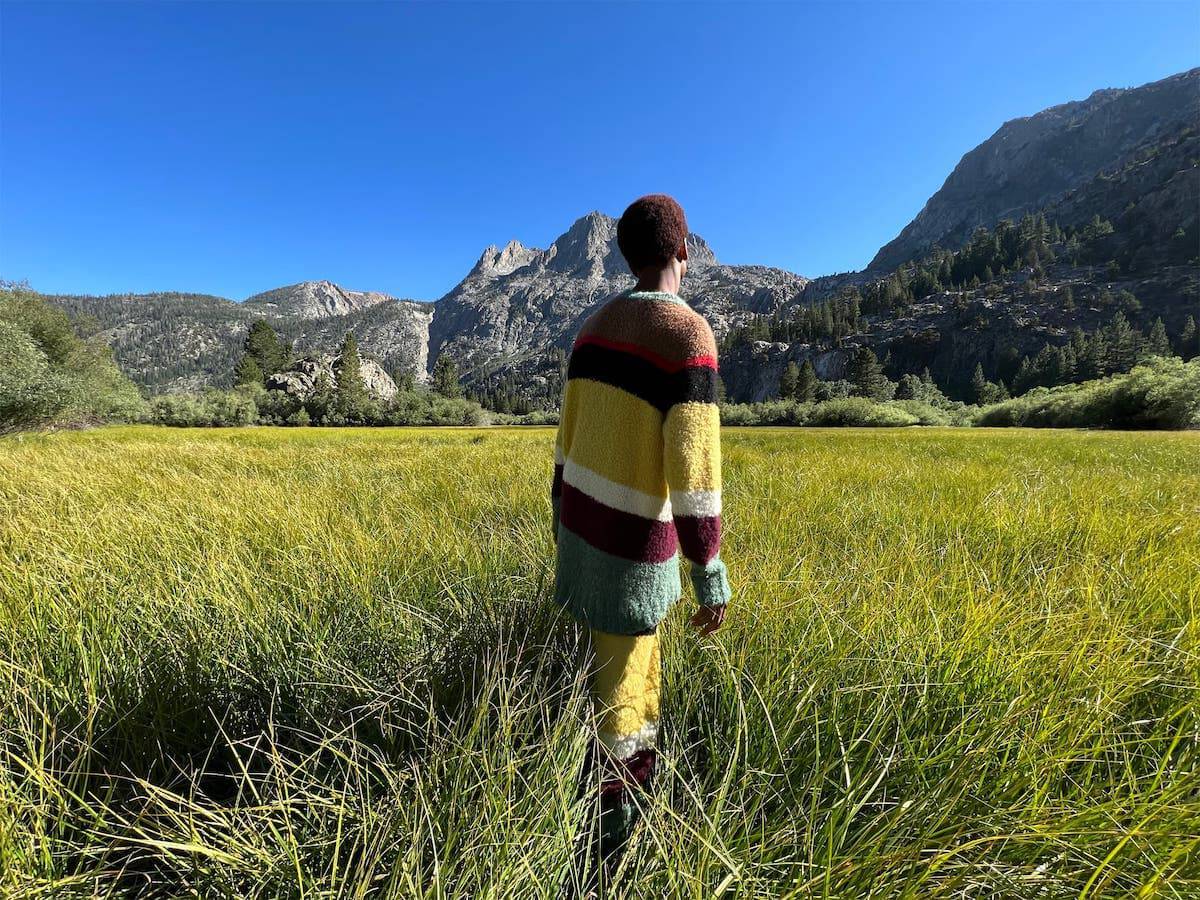
But taking the same number of megapixels and putting them onto a larger sensor means only one thing: those megapixels are larger, ensuring more light can be captured and ensuring noise is kept to a minimum in low light photographs.
This 2.2x increase in low light gathering on the wide camera is enormous and seems to be the most notable feature users will notice in their photographs (aside from macro photography; more below).
The ultra-wide camera sees the biggest aperture increase in the iPhone 13 Pro’s camera system, moving from f/2.4 in the iPhone 12 Pro Max to f/1.8. Apple’s product page specifies the ultra-wide camera has an all-new sensor with faster autofocus, but there’s no mention of an increased sensor size. I imagine we’re seeing improvements in the ultra-wide camera solely due to the increase in aperture.
The ultra-wide camera will be capable of capturing 92% more light than its predecessor. The larger aperture is responsible for that 92% increase, but faster autofocus in the ultra-wide camera will also make shooting all types of photos easier. Night Mode, where the ultra-wide is useful for capturing dimly lit indoor rooms, is sure to see an improvement here as well.
Macro
For some reason, I came away from the camera section of the keynote thinking the telephoto camera had macro capabilities. When perusing Apple’s product page however, the macro examples were all shot with the iPhone 13 Pro’s ultra-wide camera.

Having macro capabilities in the ultra-wide is going to be so much better than having a telephoto macro. With the ultra-wide camera’s minimum focusing distance of just two centimetres, so much more of the scene can be captured around your area of focus. This will provide some great new perspectives for capture.
Technically speaking, “macro” generally means the subject of the photograph is the same size or larger on the sensor than it is in real life. So if you’re shooting a half-inch long bug on a one-inch sensor, the magnification is considered 2:1. Anything 1:1 or greater is considered “macro” magnification.

Apple’s technical specification page doesn’t specify the magnification ratio, so this will be something we need to check in on when initial reviews hit the web. Given the size of these tiny sensors, I’m expecting a magnification ratio that is either barely macro standard or nowhere close to macro standards.
And of course, macro video will also be available at the tip of your fingers in the iPhone 13 Pro.
Cinematic Mode
Dubbed Cinematic Mode, the iPhone 13 Pro will be able to rack focus — or pull focus — to shift a viewer’s attention from one spot in the frame to another. This is a cinematic technique used in the movies all the time and Apple has brought an automated version of it to the iPhone 13 Pro.
First, Cinematic Mode looks like it’s using the still camera’s Portrait Mode to create a depth effect in the scene. Subjects closer to the camera can be in focus while the background is more blurred out, just like with Portrait Mode. The iPhone 13 Pro can then switch that focus from the foreground to the background (or vice versa) automatically based on cues given by the subjects in the scene. So, if a person turns their head to view something behind them, Cinematic Mode will shift focus from them to what they’re looking at behind them.
Cinematic Mode can also predict when a new subject is going to enter the frame and immediately put focus on the new subject — presumably scanning the environment with the ultra-wide camera.
Finally — and this is in great need of clarification — Cinematic Mode will enable you to change the point of focus in your scene after the fact. So, if you rack focus to a second subject too soon or too late or on the wrong subject entirely, you can change the point of focus while editing your video later on.
This is insane. And it’s one of the hallmark advantages of computational photography. The ability to change your focus after the fact means capture becomes paramount and composition becomes secondary. Or at least composition will evolve to include new elements.
Long story short, Cinematic Mode appears to have a lot going on in the iPhone 13 Pro and is likely to be a major point of focus when reviews hit early next week.
Other Headline Camera System Features
There are a few other lesser headline features hitting the iPhone 13 Pro camera system that require a mention:
- 3x optical zoom on telephoto camera and 6x optical zoom across zoom range — The iPhone 12 Pro system rocked a 2.5x optical zoom on the telephoto camera and a 5x optical zoom across the whole range. The iPhone 13 Pro one ups this with a 20% optical zoom increase. I imagine this is part of the reason for the smaller telephoto aperture at f/2.8 (vs. f/2.2 in the iPhone 12 Pro Max).
- Photographic Styles — This appears to be an in-the-viewfinder-preset, much like how Fujifilm allows you to shoot Fuji profiles in camera. So, you can tweak the Camera app to suit your style and color tastes ahead of time and all photos shot with that Photographic Style. It doesn’t appear Photographic Styles have immense control over every setting just yet, but this is bound to save some editing time after the fact.
- ProRes for video — ProRes is one of those features videographers talk about that flies right over my head as a photographer. ProRes provides higher colour fidelity and low compression for videographers, enabling the highest quality in video capture. And as Apple touts it, the iPhone is the first device that allows videographers to capture in ProRes and edit that ProRes before providing to a client or friend. Do note though that there are ProRes limitations set on the base 128GB iPhone 13 Pro and Pro Max.
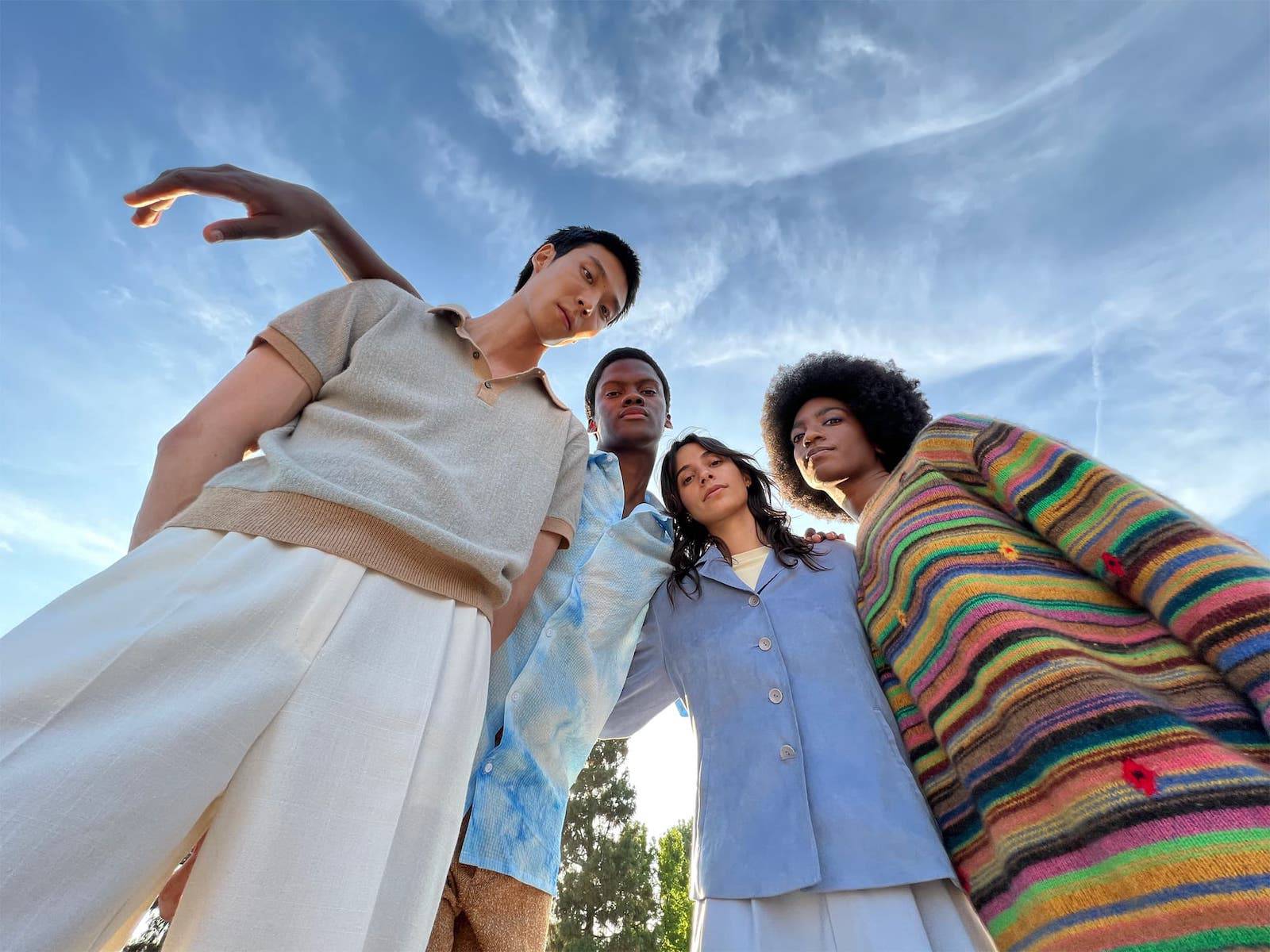
- Smart HDR 4 — Using the Neural Engine, the iPhone 13 Pro will make adjustments for individual people in a photo to fine-tune their skin tones and lighting. So, if you shoot a photo of four people, Smart HDR 4 will dial in each of the four subjects separately.
Wrap Up
To my eye, some of the Cinematic Mode footage shot in Apple’s keynote seemed a little janky and wobbly. Apple’s generic photographic look was present in all photos and videos shown. And, no matter how you shake it, small smartphone camera sensors just can’t dial back the noise the way a modern full-frame mirrorless camera can.
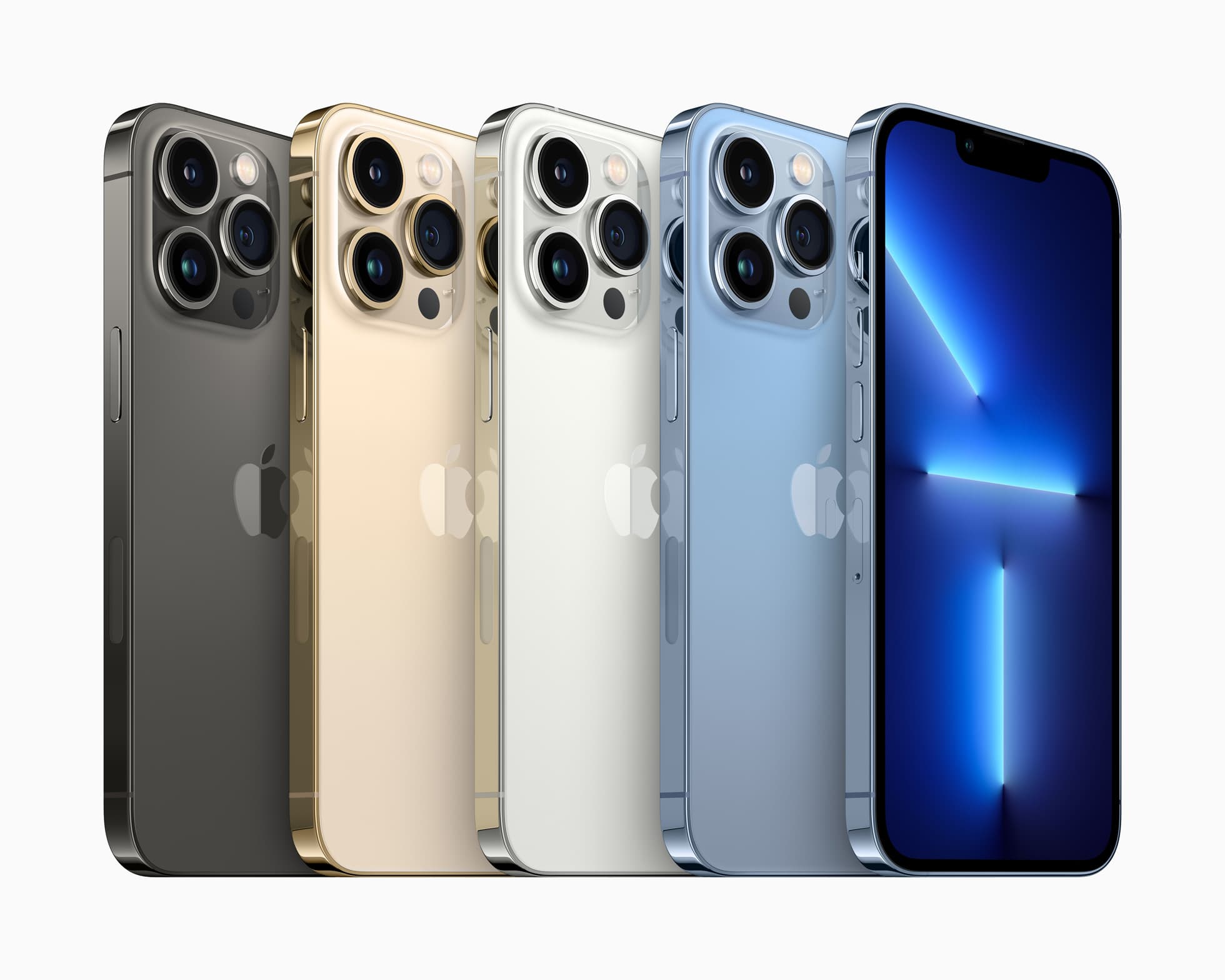
But start with the negative and end wth the positive — the iPhone 13 Pro’s camera system is a far cry revolutionary improvement over smartphone cameras from just five years ago. For award-winning cinematographers to jump into a keynote and proclaim the iPhone as a usable camera for Hollywood-level cinema is mind-blowing.
There’s genuine newness this year too. Macro photography will add an entire new genre for iPhone photographers to explore. Cinematic Mode is bound to improve general iPhone video, especially those videos that are edited after the fact. Photographic Styles are likely to dial back that generic Apple iPhone photographic look and bring new character front and center.
This is the most excited I’ve been for a new iPhone in years. Coming from an iPhone 12 mini, the iPhone 13 Pro Max is sure to rock my world. It’ll feel like a surfboard to carry, but that camera system has the makings of being the biggest improvement I’ve experienced in years and years of iPhone.
